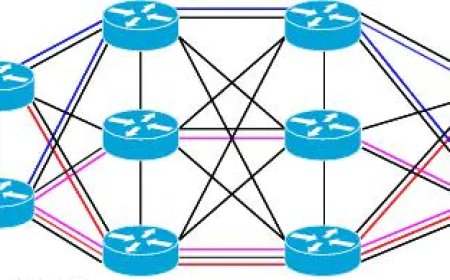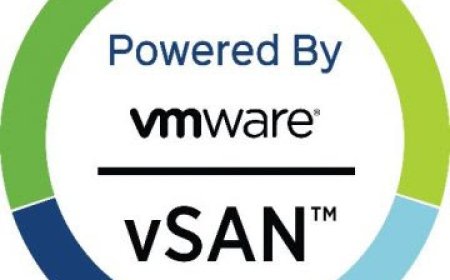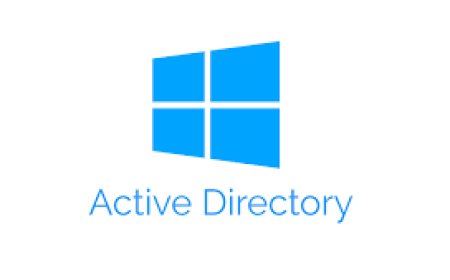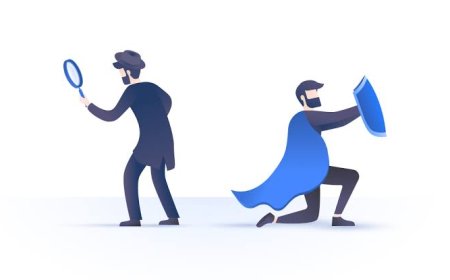Phishing Email Explained
Phishing is a type of social engineering attack that aims to trick individuals into providing sensitive information, such as login credentials or financial information. The attackers typically use email, text messages, or phone calls to communicate with their victims.
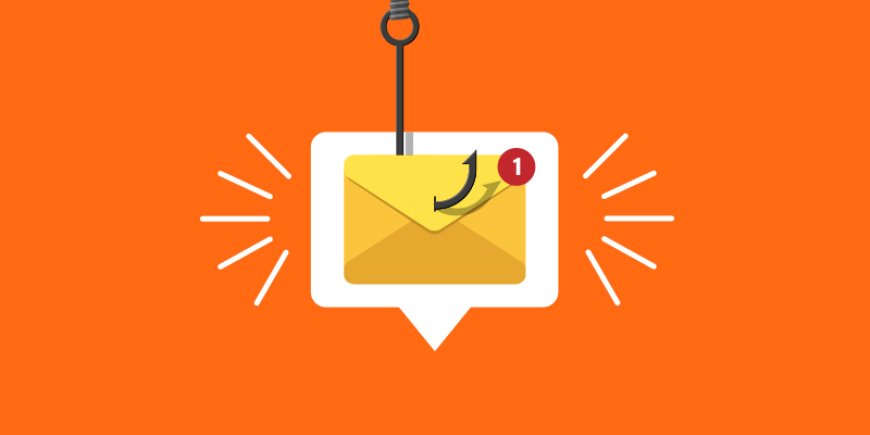
Phishing mail is a type of cyber attack where a fraudulent email is sent to individuals or organizations with the aim of tricking them into divulging sensitive information or performing an action that could compromise their security.
Phishing emails are usually disguised as legitimate communication from reputable sources such as banks, government organizations, or well-known companies. The content of these emails can vary widely, but they often contain links to malicious websites, attachments that contain malware, or requests for personal information such as login credentials, credit card numbers, or other sensitive data.
The goal of phishing emails is to get the recipient to take a specific action, such as clicking on a link, opening an attachment, or entering sensitive information into a web form. Once the recipient has taken the requested action, the attacker can use the obtained information for various malicious purposes, such as identity theft, financial fraud, or corporate espionage.
Phishing attacks have become increasingly sophisticated over the years, and attackers use a range of techniques to make their emails appear more convincing and trustworthy. This makes it more difficult for individuals and organizations to spot and avoid these attacks. To protect against phishing attacks, it is essential to educate employees on how to identify phishing emails and adopt best practices for email security.
HOW TO IDENTIFY PHISHING EMAILS?
-
Urgent action required: Phishing emails often create a sense of urgency to prompt the recipient to take immediate action, such as clicking on a link or downloading an attachment. Be wary of emails that pressure you to act quickly without giving you time to think.
-
Suspicious sender: These mails come from an unfamiliar sender or an email address that looks slightly different from a legitimate one. Check the sender's email address and be cautious of any minor differences.
-
Unusual request: phishing mails always contain unusual request, asking you to provide personal information, login credentials, or make a payment. Be cautious of any email that asks for personal information, even if it appears to come from a trusted source.
-
Poor grammar and spelling: You may see lots of spelling and grammar errors, indicating that these mails may not be from a legitimate source. Be wary of any email with poor grammar and spelling.
-
Suspicious attachments or links: Emails usually contain attachments or links that look legitimate but actually contain malware. Be wary of any email with suspicious attachments or links.
-
Unusual sender behavior: Phishing emails may also contain a strange greeting or signature that does not match the usual behavior of the sender. Be cautious of any email with unusual or unfamiliar greetings or signatures.
-
Impersonation of a trusted source: Attacker may attempt to impersonate a trusted source, such as a bank, a company, or a government agency with phishing emails. Be cautious of any email that appears to be from a trusted source but has unusual requests or other red flags.
-
Phishing emails may create a sense of trust or familiarity, such as using your name, or referencing previous interactions with you. Don't let these tactics fool you.
-
Social engineering: Phishing emails may use social engineering tactics to gain your trust, such as pretending to be a friend or coworker. Always double-check before clicking on any links or providing personal information.
-
Be vigilant and always double-check: When in doubt, always double-check the sender, the email address, and the content of the email before taking any action.
EDUCATE AND TEST MEMBERS OF ORGANIZATION
Provide guidelines and training to members of your organization. This will help them to identify the phishing emails. It is always helpful to hand out brochures or placing posters to common areas.
After training the members it is advised to have 6-10 phishing simulation test per user per year. It is important to choose a reputable phishing simulation tool that aligns with your organization's specific needs and security goals. Always keep in mind that phishing simulation tests should be conducted ethically and with the goal of educating employees, not punishing or shaming them.
Here are some of the reputable phishing simulation tools that you can consider include:
-
KnowBe4: A popular phishing simulation and security awareness training platform that offers a range of customizable templates and tools to test and educate employees about phishing attacks.
-
PhishMe: Provides customizable templates to help organizations test and improve employee awareness of phishing attacks, as well as offer education and training on best practices for email security.
-
GoPhish: An open-source phishing simulation tool that offers customizable templates and automation features to help organizations create realistic phishing campaigns and track employee engagement.
-
SecurityIQ: A comprehensive security awareness training platform that offers customizable templates and phishing simulations to help organizations educate and test their employees on phishing attacks and other security threats.
USING IDS & IPS AGAINST PHISHING EMAILS
IDS & IPS are security technologies that can be used to detect and block phishing emails. Here are some ways that can be used to detect and block phishing emails:
-
Blacklisting: Use blacklists to block emails from known malicious IP addresses, domains, or URLs. This can help to prevent phishing emails from reaching your employees' inboxes.
-
Content Filtering: It is basically using content filtering to analyze email content and attachments for suspicious or malicious activity. For example, if an email contains a suspicious URL or attachment, the system can quarantine or block the email to prevent it from reaching the intended recipient.
-
Anomaly Detection: Monitor email traffic and detect unusual or suspicious patterns of activity. For example, if an email is sent from an unusual or unfamiliar location, the system can flag it for further investigation.
-
Behavioral Analysis: Use behavioral analysis to detect patterns of activity that are consistent with phishing attacks. For example, if an email is sent from a known phishing domain, the system can block the email and alert security personnel.
-
Machine Learning:Analyze email behavior and detect patterns of activity that are consistent with phishing attacks. For example, if an email is sent from a suspicious IP address, the system can use machine learning algorithms to analyze the behavior and determine if it is likely to be a phishing attack.
Although IDS & IPS are very useful and helpful, they are not foolproof. It is also important to educate employees on how to recognize and report phishing emails, and to implement additional security measures, such as two-factor authentication, to further protect against phishing attacks.
What's Your Reaction?









